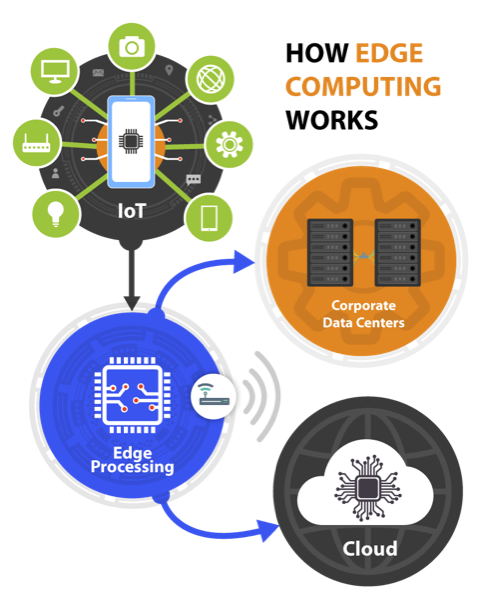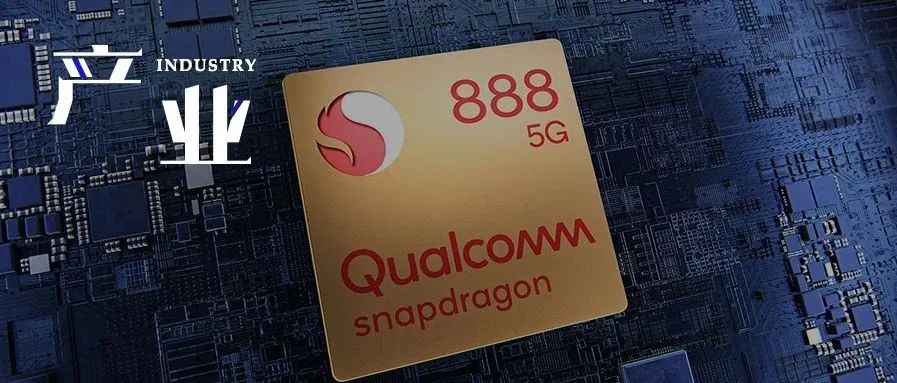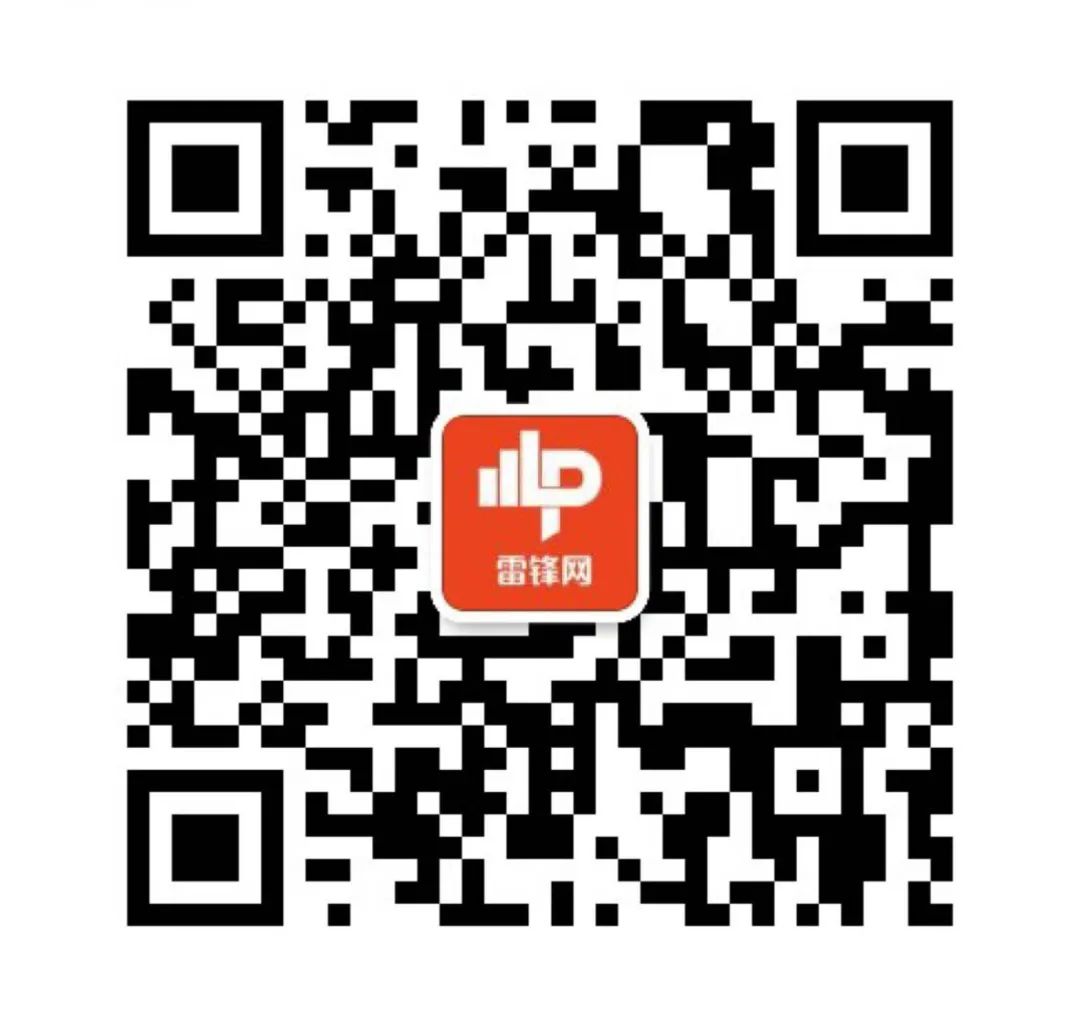
Author | Li Jingying
Edge computing is crucial for many IoT applications as it can reduce latency and bandwidth usage. However, when it comes to IoT, most people overlook one of the most important advantages of edge computing.
Before discussing this overlooked key benefit, let’s first define what edge computing and cloud computing are.
1
Cloud Computing vs. Edge Computing
“Cloud computing is the on-demand availability of computer system resources, especially data storage (cloud storage) and computing power, without direct active management by the user.” (Wikipedia) “Edge computing is a distributed computing paradigm that brings computation and data storage closer to the location where it is needed to improve response times and save bandwidth.” (Wikipedia)
Before the era of cloud computing, businesses had to purchase physical servers to obtain the computing power and storage they needed, which was very costly in terms of initial investment and subsequent management (buying all the hardware and setting it up, maintaining, and updating it). The advent of cloud computing means that businesses no longer need to buy and manage hardware; they can pay for what they need, and cloud service providers take care of the management.
Cloud computing has had a profound impact, providing businesses with scalability, reliability, security, and ease of use. However, cloud computing is not perfect and requires a trade-off.
Cloud computing is centralized, meaning that regardless of where the endpoint device (such as a smartphone) is located, data has to be transmitted over the network (like a 4G cellular connection) from the endpoint device to the cloud provider’s data center and back again to reach the endpoint device. For applications that require quick transmission of large amounts of data, this can be both slow and expensive.

This is where edge computing comes into play. To understand the benefits of edge computing, autonomous vehicles are often used as an example:
-
Latency: Autonomous vehicles need to make decisions in an instant. If a car suddenly turns in front of you, would you want your car to wait for instructions from the distant cloud? No! You would definitely want your car to process and make decisions as quickly as possible on its local computer.
-
Bandwidth: The vast amount of data captured by autonomous vehicles is estimated to be 4TB per hour, compared to an average of 100MB per day from your smartphone, which is 40,000 times the data. Streaming all this data is both expensive and can lead to network congestion.
For these two reasons, it makes sense to perform computations at the edge of autonomous vehicles (in this case, on the vehicle itself).
The question of cloud computing versus edge computing is not an either/or scenario; both cloud and edge have their advantages, and the issue is when to use cloud computing versus edge computing.
A useful rule of thumb is: “Cloud computing operates on big data, while edge computing operates on ‘instant data’, which is real-time data generated by sensors or users.” (Wikipedia).
2
What Exactly Is the “Edge”?
The edge essentially means “non-cloud”, as what constitutes the edge can vary by application. To explain, let’s look at an example.
In a hospital, it is necessary to know the location of all medical assets (e.g., IV infusion pumps, ECG machines, etc.) and use a Bluetooth indoor tracking IoT solution. This solution has Bluetooth tags that can be attached to the assets you want to track (e.g., IV pumps). You also have Bluetooth hubs, one in each room, to listen for signals from the tags to determine which room each tag is in (and where the assets are located).
In this case, both the tags and the hubs can be considered as the “edge”; the tags can perform some simple computations and will only send data to the hub when there is a significant change in sensory data. If a tag moves from one data center to a different one, it can compute that it is a different tag. The two methods can be combined or neither can be used; the tags can send all raw data to the hub, and the hub can send all raw data to the cloud.

3
The Key to IoT Edge Computing—The Overlooked Advantage
As mentioned at the beginning of this article, almost everyone overlooks a key benefit when evaluating edge computing.
We have already discussed the benefits of latency (faster response) and bandwidth (reducing bandwidth requirements and saving data costs). However, these benefits are specific to a subset of IoT applications, such as autonomous vehicles, smart homes, or security cameras.
4
The Rise of LPWAN IoT
One issue with the term “Internet of Things” is that its definition is very broad. Multi-thousand-dollar autonomous vehicles collect trillions of bytes of data and use 4G cellular networks, which are considered IoT. At the same time, a few-dollar sensor that collects byte data and uses low-power wide-area networks (LPWAN) is also considered IoT.
The problem is that everyone is focusing on high-bandwidth IoT applications like autonomous vehicles, smart homes, and security cameras. This is because everyone is a consumer, and those writing about these topics have more readers when writing C-end content than when writing B-end content, as enterprise IoT is less directly relevant to fewer people and may be somewhat dull.
LPWAN IoT is expected to see rapid growth, and this will be where people can truly feel the transformative nature of IoT.
For LPWAN IoT applications, energy consumption is crucial, as it does not apply to other IoT applications. Autonomous vehicles will be equipped with large batteries and charged regularly, while smart home devices and security cameras plug directly into outlets.
However, if your company places GPS trackers on all 20,000 vehicles in an auction lot, the batteries in those GPS trackers can last for years! Replacing 20,000 batteries in less than a few years would be a huge operational challenge and costly to manage. The sheer cost of managing the system far exceeds the benefits gained from real-time knowledge of vehicle locations.
5
Edge Computing Can Reduce Energy Consumption
When it comes to energy consumption of battery-powered devices, do you know what consumes the most energy? Wireless broadcasting. Sensors and simple computations typically do not consume much energy, but sending and receiving wireless messages can consume a lot of energy. The fewer the messages sent and received, the longer the device can run on battery (all wireless connections imply power consumption, with trade-offs between range and bandwidth).
Therefore, if devices compute the data themselves, reduce the number and size of messages, then edge computing is highly effective for LPWAN IoT applications.
Let’s look at an example of remote monitoring of fuel tanks. In short, by placing a device on the tank, the fuel level of the tank can be monitored remotely. Without a remote monitoring IoT system, businesses would have to guess when to refill the tank. This is inefficient because fuel drivers would drive to tanks that don’t need refueling or be late to tanks that do.
Remote monitoring of fuel tanks is much better. Nevertheless, millions of fuel tanks are still spread across vast areas (for example, for agriculture in the Midwest of the U.S.), so monitoring devices must use batteries that can last for years. Just like the car tracking example above, frequently replacing these batteries would incur staggering operational costs.
To reduce battery consumption, we can add some basic logic to the edge (in this case, the monitoring device). The more fuel level readings, the better, but every time a reading is taken and a wireless message is sent, energy is consumed. An innovative way to reduce battery consumption while maintaining frequent fuel level readings is to have the device read the fuel level regularly (for example, every 2 hours) but send wireless messages containing these readings at a lower frequency (for example, every 24 hours). When the device does send a message, it includes all readings since the last message. Sending a message every 24 hours while taking readings twice an hour means each message includes 12 readings.

You might ask, “What if the fuel level in the tank drops below the critical level within 24 hours?” In a harsh winter, those relying on the fuel tank to stay warm would not last a day without fuel. This can also be resolved by moving some basic computations to the edge.
Every time the device wakes up to read the level (i.e., every 2 hours), it can also quickly check if the fuel level is below a threshold (for example, below 30%). If this happens, the device can immediately send a message instead of waiting for the next scheduled message 24 hours later. In this way, the device can still reduce the total number of messages sent (which are high energy consumers) while ensuring that the right data is captured and shared at the right time.
This is a great example of how edge computing can benefit IoT solutions using LPWAN. Unlike autonomous vehicles, smart homes, or security cameras that use LPWAN IoT solutions, latency and bandwidth are not as critical. In this remote tank monitoring example, reading the level every two hours is sufficient, so reducing millisecond-level latency is almost irrelevant.
Additionally, the amount of data for each tank is low, consisting only of the fuel level, battery status, and other basic status bytes, so bandwidth peaks are not affected.
In this case, the cloud still plays a role.
While some logic can be moved to the edge to save battery life, other logic and analysis that are more data-intensive computing are better suited for cloud computing. Although the data for each tank is low, the aggregated data from millions of tanks is still very large. Applying machine learning and predictive analytics to this dataset to predict when tanks need to be refilled is perfect for the cloud.
Moreover, you may want to schedule drivers to the tanks based on predicted fuel levels, current road conditions, and current fuel prices, which is also perfect for cloud computing and makes no sense at the edge.
This article is adapted from: https://www.iotforall.com/why-edge-computing-matters-in-iot

Previous Recommendations

5nm Qualcomm Snapdragon 888, Android 5G Flagship Coming?

AMD’s Second Comeback Path

Xiaomi’s “Iron Hoof”


Scan to Join the Reader Group
Let’s Communicate Together
WeChat ID: leiphonesz2018
Sina Weibo: 雷锋网leiphone